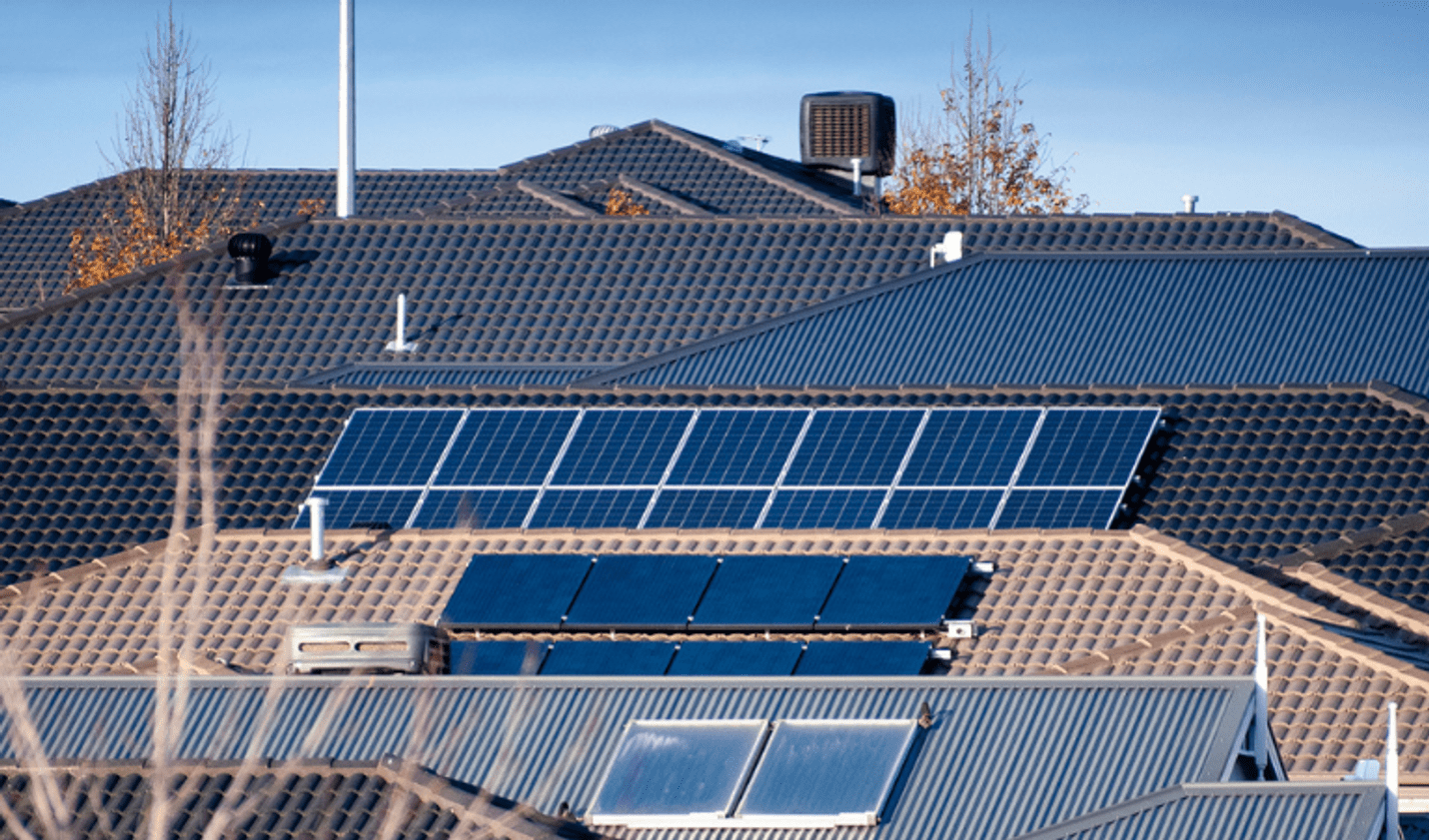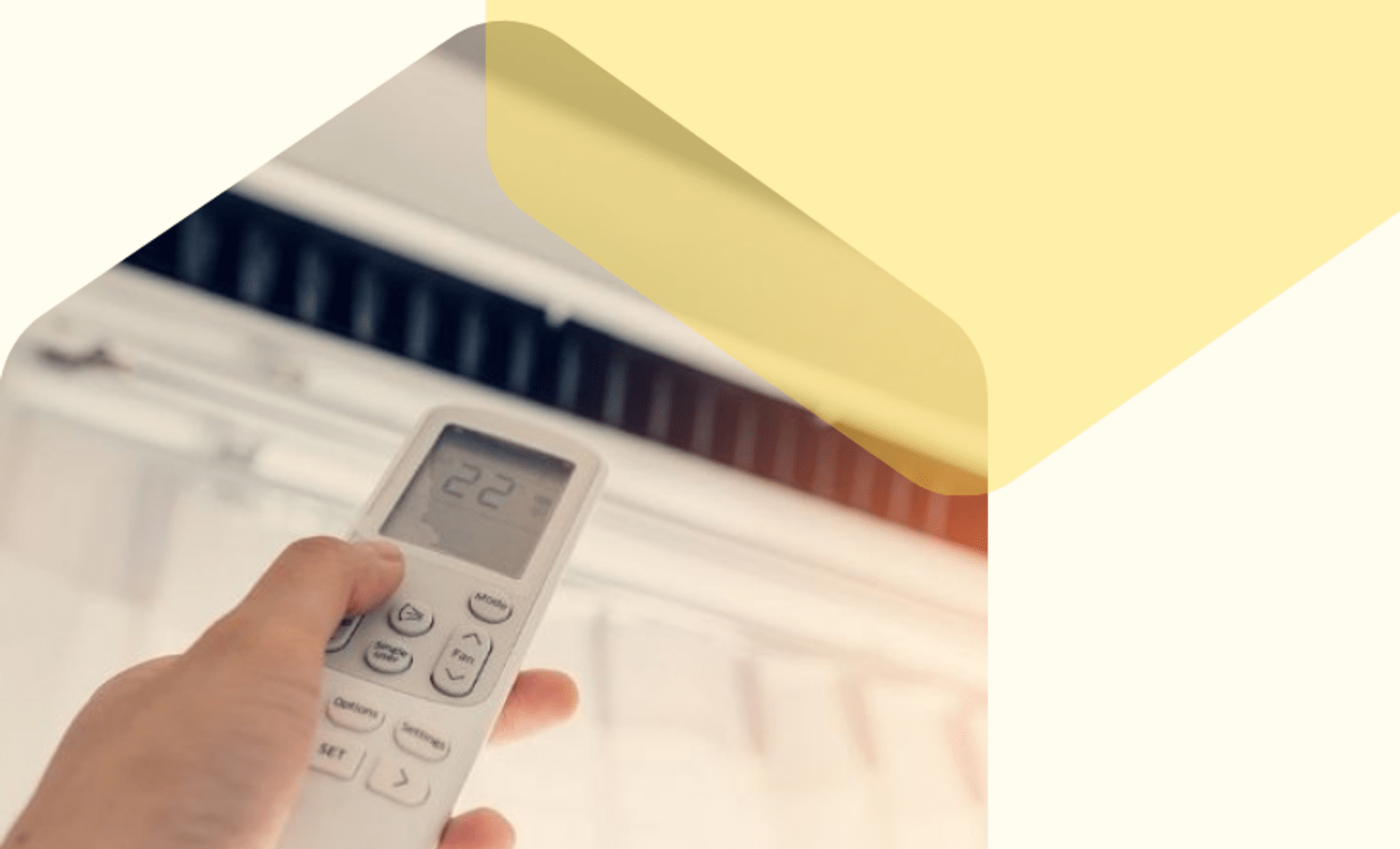This package will build a fairer and more affordable energy system, delivering programs that provide immediate energy savings to households and small businesses, and playing a key role in the state’s transition to a clean energy future.
With a focus on supporting low income and vulnerable households, and increasing accessibility, the budget will accelerate the Solar Homes Program to meet surging demand from owner-occupier households and support the economic recovery of Victorian small businesses.
This major investment will deliver the following:
- Solar photovoltaics (PV) rebates to be brought forward, bringing the total number of rebates to 65,000 for this year, and 140,000 over the next two years
- 17,500 solar battery rebates over three years and the removal of postcode eligibility requirements. 5,000 battery rebates will be available in 2020-21, with rebates released fortnightly in line with the current schedule of rebate release dates
- efficient, lower-cost heating and cooling for 250,000 low-income and vulnerable households
- 15,000 solar PV rebates for Victorian small businesses over the next three years.
Solar Homes Budget Expansion
Launched in August 2018, the $1.3 billion, 10-year Solar Homes Program provides rebates and interest-free loans to help 778,500 Victorian households reduce the upfront costs of installing a solar PV, hot water or battery system at home.
The Victorian Government’s 2020-21 Victorian State Budget commitment to expand the Solar Homes program will help meet a surge in demand and accelerate access to solar energy for more Victorians, providing immediate savings and environmental benefits whilst maintaining quality and safety.
The package will also support the economic recovery of Victorian small businesses, create jobs within the solar industry, and improve the living standards of vulnerable households - ensuring that no Victorians are left behind in the state’s energy transition.
More solar PV rebates for Victorians
65,000 solar PV rebates will now be available this year, bringing the total to 140,000 over the next two years, and allowing more Victorians to join the solar revolution.
More battery rebates and access for all Victorian postcodes
To meet a surge in demand across the state, eligible households in any Victorian postcode will now have access to a Solar Homes battery rebate, with the Victorian Government expanding the battery program to 17,500 household battery rebates over the next three years.
5,000 battery rebates will be available in 2020-21, with rebates to be released fortnightly in line with the current schedule of rebate release dates..
Efficient, low-cost heating and cooling for low-income households
The Victorian Government is investing $335.5 million over four years to provide efficient, lower-cost heating and cooling for 250,000 low-income and vulnerable households, such as concession card holders.
This will improve the comfort of homes and deliver ongoing health and wellbeing benefits. In addition to saving on their heating costs, households will benefit from efficient cooling to deal with summer heat stress.
Eligible households and social housing providers across the state will be able to apply for this program from early 2021.
Supporting small businesses
To support Victorian small businesses to save money, 15,000 solar PV rebates will be available over the next three years.
Solar Victoria will work in partnership with key industry bodies and Business Victoria to determine eligibility criteria for the Solar for Small Business Program, with further details to be released in early 2021.
FAQs
Solar PV
Solar batteries
Solar industry update
Updated




